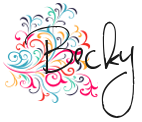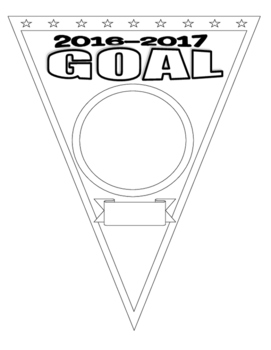In the Beginning...
Week One: I enter the students into a new class and print off sheets to send home to parents that will show them how to connect with their child's Dojo account.
Before I began using Dojo, I also download the Class Dojo app onto my iPod and iPad. Then I bookmark the website on my classroom laptop so I can quickly connect everyday. This laptop is linked to my Promethean Board so I leave Dojo on when I'm not using the board for instruction. This is a great motivator because it is synced with my other devices! That means if I'm walking around the room giving Dojo points on my iPod, it will also pop up on the board in the front of my room.
The students get instant feedback and I get better classroom behaviors!
The students get instant feedback and I get better classroom behaviors!
After I set up my new class(es) for the school year, I import my behaviors from last year.
*You'll only need to do this is you used customized behaviors from a previous class.
Once my new class is created and I'm ready to begin using Dojo,
I show the students the following video clip.
Building Student Buy-In
Class Dojo also provides the perfect opportunity to work on student goals for the year. We do several lessons about setting goals and doing our best during the first week of school.
This system correlates perfectly!
Getting Parents On the Team
It's also important to get the parents involved!
Dojo is a fantastic communication tool that is constantly improving!
As soon as you log into your account, you can see how many parents have connected to your classroom.
Click on the "Parent Accounts" tab on the Reports Screen.
This will let you see all of your individual students and who's connected.
After the first day, 14 of my 23 students have a parent who has connected to their child's account.
This student's parent has connected. I can view the parent's email that is connected to the account and the dates that he checked his child's progress.
You can invite parents who have not connected to do so via email, phone message,
or another printed parent sheet.
Once most of my parents are connected, I use this regularly to communicate with them.
Dojo allows you to send whole class and individual broadcast (IMs) to parents at anytime during the day. This is really convenient since we're constantly connected to Dojo during the day, and parents can check their child's progress anytime.
Dojo allows you to send whole class and individual broadcast (IMs) to parents at anytime during the day. This is really convenient since we're constantly connected to Dojo during the day, and parents can check their child's progress anytime.
What's the Point of Points?
Children naturally want to feel like they've done a good job. Gaining points gives students a sense of accomplishment. More competitive students will also work hard to stay at the front of the race for points. They also love to be rewarded extrinsically! I created a set of classroom reward coupons that students can "buy" with their points.
My students accumulate points for the entire month. At the end of that time, my students can "buy" any coupons that they can afford. Students with a large number of points can buy multiple rewards.
Right now there is no way to deduct a specific number of points from a student's account, which is why I tell students to buy all the rewards that they want and can "afford". I allow students to use their coupons whenever they choose (however they have to let me know at the beginning of the day that they will be doing so). After my students have finished shopping I reset all of the student points for a new month.
I also give my students a class reward at the end of the month if our class average is at least 85% positive.
I try to keep my rewards inexpensive and/or free since this is a (hopefully) recurrent incentive.
The class rewards sheet is displayed on our Promethean Board screen. Then I give each student a sticky note and everyone in the class votes on their top choice.
Then I post the top 2-3 choices in a poll on our class Edmodo page for the students to cast their final vote.
The reward with the highest number of votes wins!
Using Student Reports for Management
Individual student reports can also be invaluable for classroom management tools. Earlier in the post I mentioned using Dojo to help students set personal goals for the classroom. You can access student reports at anytime during the day. These reports give you a cumulative percentage for positive student behavior inside the "donut". It also shows a breakdown of positive and negative behaviors by name. This specific info will help you and your students focus in on areas of concern, as well as areas that they are excelling in.
Sometimes you may need to look outside your classroom for help with some students due to behavioral issues. Since Dojo tracks each student, you have a detailed breakdown of each student's behavior throughout the course of the day. In the event that you need documentation for a behavioral referral, simply print off an individual student report. You can select one day, or a date range, to look for ongoing behavioral issues. This will save you an immense amount of time and energy! No more spending valuable time trying to document and record behaviors. Just print and go (or attach to your other paperwork ;D)
I hope this little tutorial helps your classroom run more smoothly this year! I'd love to hear your ideas for implementing Class Dojo in your classroom.
Thanks for stopping by,

































